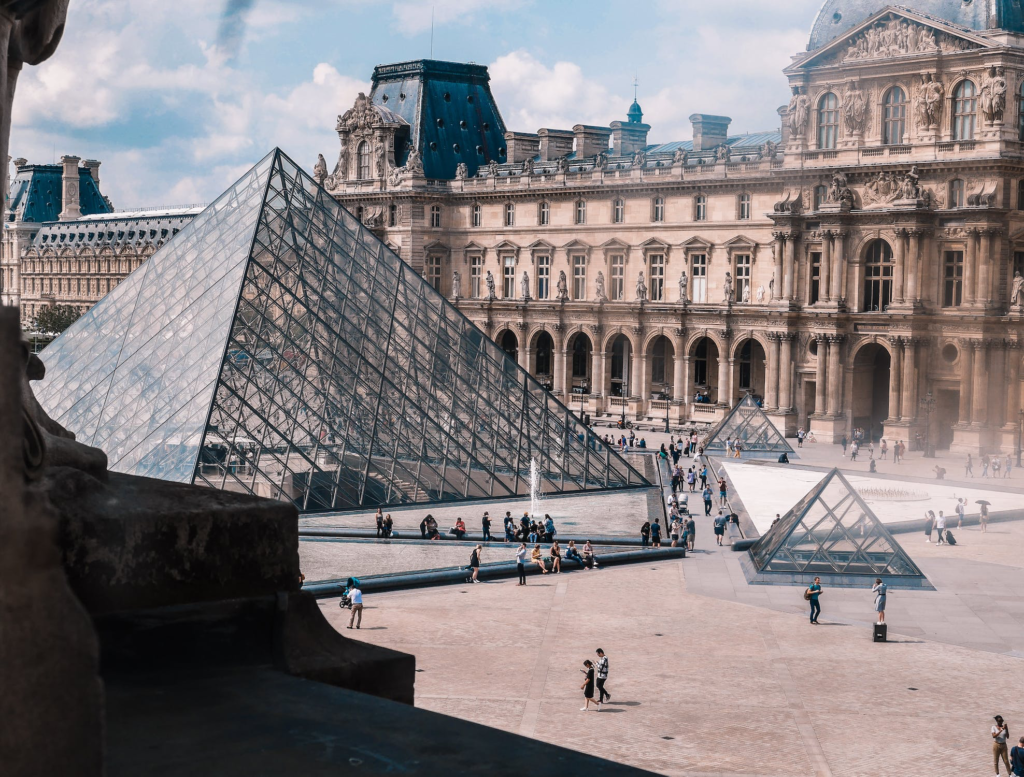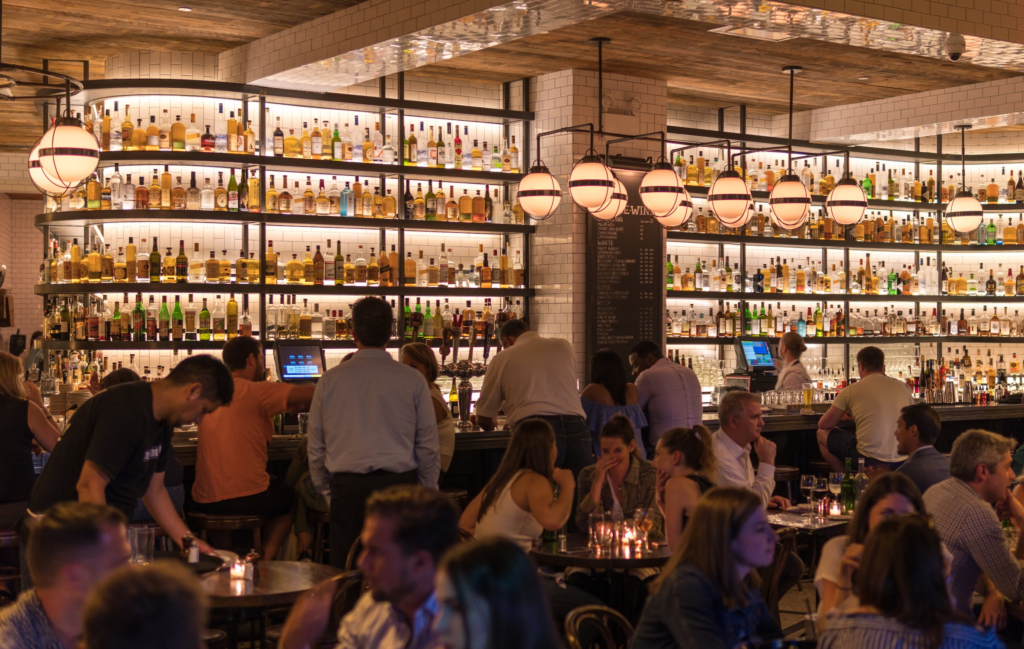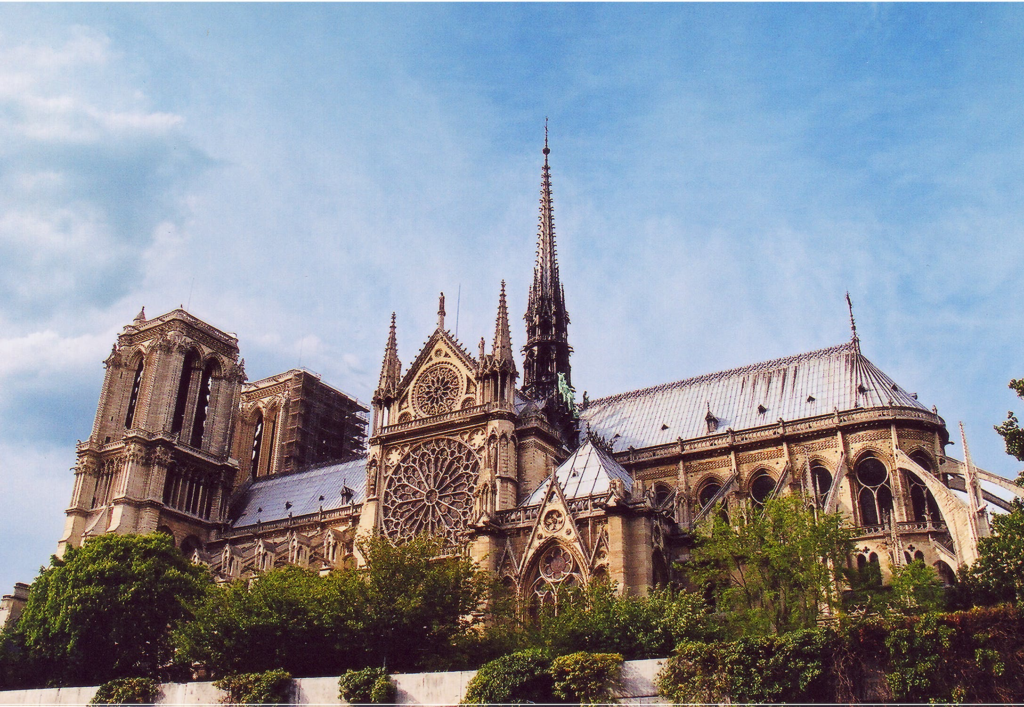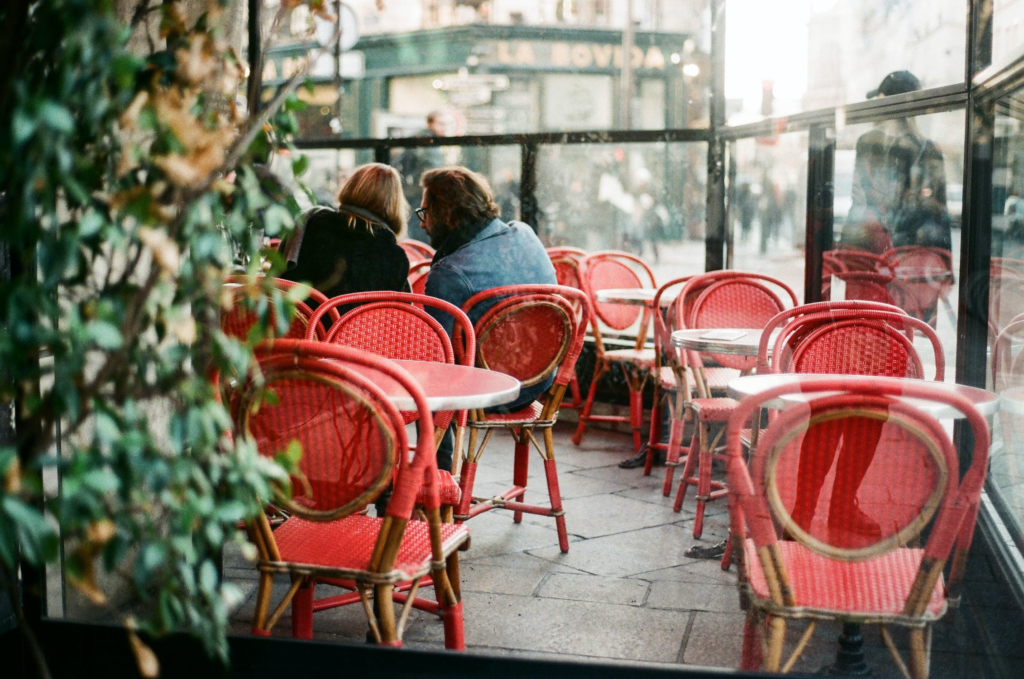Expat guide: Relocating to Paris
Expat guide: Relocating to Paris & styling your home – Paris is divided into 20 distinctive neighbourhoods – or arrondissements as they are known. Typically, each arrondissement has its own character and personality. Paris is an incredibly densely populated city – the most densely populated city in Europe with over 20,000 people per square kilometre. With so many people jostling for space in the city of love it can be daunting to a foreigner looking to relocate to the region. But all os not lost, there are companies dedicated to helping people find their feet in the French capital. Here is a glimpse at some of the arrondissements beloved by Parisians and expats alike.
1st Arrondissement – Chatelet & Les Halles

The core of this bustling neighborhood is the Louvre Museum, home to the Mona Lisa, as well as Haussmannian boulevards, parks such as the Tuileries Gardens, and the 17th-century Palais-Royal. Fashion connoisseurs frequent the high-end jewelry and designer boutiques on Rue Saint-Honoré and in the vicinity of Place Vendôme. The worldwide fashion labels of the Les Halles business sector are present in the rue de Rivoli and a sizable subterranean shopping complex.
2nd Arrondissement – Sentier & Vivienne

While this neighbourhood might not have any museums it is choc full of upmarket boutiques, traditional and trendy restaurants as well as amazing event spaces such as Palais Brongniart. A somewhat hidden gem is the incredibly beautiful Galarie Vivenne a must see for any expat looking to explore their new home turf.
3rd Arrondissement – Marais

A charming part of the city characterised by its beautiful architecture, busy nightlife and trendy boutiques. Historically the neighbourhood was popular amongst the indulgent aristocracy, this can be noted in the abundance of stylish buildings in the area. Today, Marais is also famous for its vibrant gay scene, late bars and convivial atmosphere. If you are an expat that likes to party then this is definitely the neighbourhood for you.
4th Arrondissement – Notre Dame de Paris Cathedral

A portion of the trendy Marais, famed for its cool boutiques, galleries, and gay clubs, is located in the 4th arrondissement. There are still a few kosher eateries in what was formerly the city’s Jewish neighborhood. A modest oasis of peace can be found in the green Place des Vosges. Visitors visit the Centre Pompidou, a modern art gallery with a striking façade. The nearby modest, tree-lined Île de la Cité is dominated by the Gothic Notre-Dame Cathedral.
5th Arrondissement – Latin Quarter

The Sorbonne university and several cafés frequented by students are located in the 5th arrondissement, sometimes referred to as the Latin Quarter. Additionally, it is renowned for its bookstores, notably the illustrious Shakespeare & Company. The National Museum of Natural History and the Jardin des Plantes floral gardens are two family-friendly destinations. The bones of famous people like Voltaire and Marie Curie are housed in the imposing Panthéon structure.
6th Arrondissement – Saint-Germain-des-Prés

An affluent and iconic corner of the city, the 6th arrondissement is one of the most expensive realty markets in the world. The region is synonymous with bourgeois apartments and townhouses, ultra high-end boutiques and eateries. This upscale Left Bank neighborhood, which includes the oldest church in Paris, the 6th-century Abbey of Saint-Germain-des-Prés, is dominated by the Jardin du Luxembourg park. On the banks of the Seine, street vendors offer vintage books for sale. Famous cafes like Les Deux Magots and Flore, long beloved by authors like Hemingway and Camus, are visited by tourists and literature enthusiasts on Boulevard Saint-Germain.
7th Arrondissement – Palais Bourbon

The Palais-Bourbon arrondissement, so named because it is where the National Assembly is located, is home to several famous landmarks, including the Eiffel Tower, the Hôtel des Invalides, the Chapel of Our Lady of the Miraculous Medal, and a number of museums, including the Musée d’Orsay, the Musée Rodin, and the Musée du Quai Branly. Since the 17th century, when it replaced the former palace of France’s greatest nobility, the 7th has been the primary abode of the French upper class. The most wealthy and distinguished residential district in France is made up of Neuilly-sur-Seine and Paris’ 7th arrondissement.
8th Arrondissement – Élysée

The vast Avenue des Champs Elysées, which connects the renowned Arc de Triomphe with the busy traffic circle of Place de la Concorde, serves as the defining feature of this nice neighborhood. Along with a mixed mixture of fashionistas, tourists, and local professionals, the district is filled with upscale retail stores and sparkling office facades. Additionally, the area is home to art museums, such as the Grand Palais, which showcases prominent exhibitions.
9th Arrondissement – Opéra

The Galeries Lafayette and Printemps department stores, as well as the historic covered alleys along the Grand Boulevards, are popular shopping destinations. Gourmet eateries give way to intimate museums, like as the Musée Gustave Moreau, in trendy South Pigalle. The exquisite 9th arrondissement is well-known for its theaters, including the Palais Garnier opera theatre, built in 1875 and renowned as the “wedding cake” due to its elaborate construction and domed ceiling.
16th Arrondissement – Passy

The wealthiest citizens of the city dwell in Hilly Passy, which has hip restaurants and the Maison de Balzac, a house museum where the author once resided. Families visit the Bois de Boulogne for its kid-friendly theme park and boating lakes. Foreign embassies and renowned institutions, such as the Fondation Louis Vuitton and the Palais de Tokyo with its modern art, may be found in the upmarket 16th arrondissement.
17th Arrondissement – Monceau

The 17th arrondissement is well known for its chic bars, lovely parks, and vibrant Batignolles quarter. It is situated to the city’s north-west, in a region that receives few visitors but is nonetheless a pleasant part of Paris. Bohemian people frequent the Batignolles area, which has little lanes lined with boutiques, wine bars, and restaurants. The Champs Elysées’ beginning point, Place Charles de Gaulle, is nearby where majestic boulevards intersect.
To see more of our nws and blog posts, follow the link HERE. Additionally, if you want to keep up to date with progress on our projects you can follow us on Instagram. We regulary post updates on our international projects!


